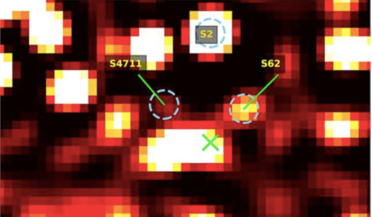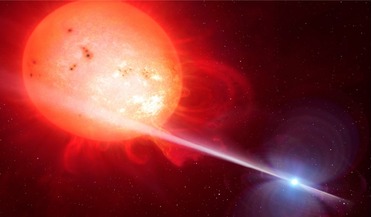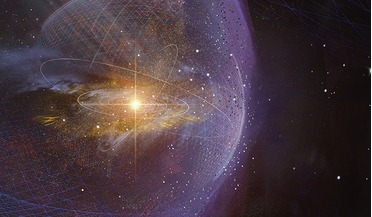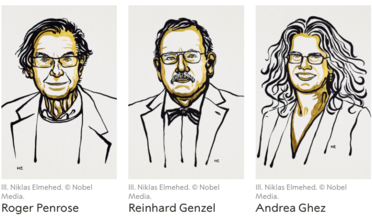 13 August 2020
Fastest star in the galaxy is found, and potentially its a “squeezar”
13 August 2020
Fastest star in the galaxy is found, and potentially its a “squeezar”
... brightest members of that cluster found so far is S2. S2 made headlines when it helped scientists establish that a super massive black hole with a mass of about 4 million suns was was hiding at the centre of our galaxy. When it was discovered...
 September 2017
Binary stars and their extraordinary lives
September 2017
Binary stars and their extraordinary lives
... lifetimes. We have seen binary stars and binary black holes merge in real time. With upcoming bigger and better... This has been proposed as an evolutionary route to making double black hole binaries, which can later merge into one with the emission ...
 October 2018
The ethics of space exploration
October 2018
The ethics of space exploration
... yet beautiful landscape. In my young mind, the Universe was home to all sorts of planets, stars, galaxies and black holes. It had produced life on our own blue planet but could also harbour life elsewhere – perhaps in a very...
 May 2021
Visions of beating gravity
May 2021
Visions of beating gravity
...? What are space, time and energy? Is gravity an emerging phenomenon? How do clusters of galaxies evolve? Does a black hole have an edge? Questions like these led me to study astronomy and computer science at Groningen University in the Netherlands...
 January 2022
Revealing the magnetic universe
January 2022
Revealing the magnetic universe
...are forming, to galactic disks, where hundreds of million of stars are evolving, and galactic centres where enormous black holes reside. A portion of the Lupus I cloud complex. Color shows the emission by interstellar dust grains observed by Herschel...
 07 October 2020
The Nobel Prize in Physics 2020 awarded to three astrophysicists
07 October 2020
The Nobel Prize in Physics 2020 awarded to three astrophysicists
... Nobel Prize in Physics 2020 with one half to Roger Penrose at University of Oxford, UK, “for the discovery that black hole formation is a robust prediction of the general theory of relativity” and the other half jointly to Reinhard Genzel at Max...